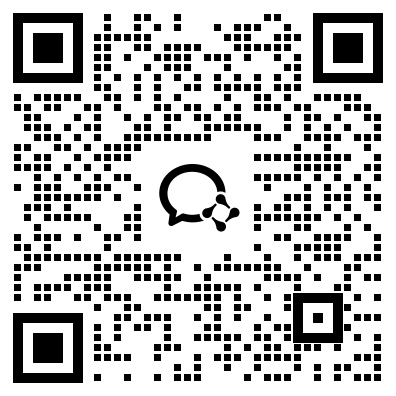在日常英语中我们经常会使用到"Display"这个单词,比如我们要展示一些物品、展览品等等,都要使用到这个单词。那么,Display后面应该跟什么介词呢?下面将从多个角度分析。
1. Display + on
当我们要在一个表面上展示某些物品时,就需要使用到Display + on。比如:We displayed the new product on the table. (我们将新产品陈列在桌子上)、The artist displayed his paintings on the wall of the gallery. (艺术家把自己的画展示在画廊的墙上)。
2. Display + at
当我们需要在一个具体的地点或场所展示某些物品时,Display + at也是一个常用的组合。比如:The National Museum is displaying some rare artifacts at the exhibition. (国家博物馆正在展出一些珍稀文物)、The fashion show was displaying the latest trends at the convention center. (时装秀在会议中心展示了最新的潮流)
3. Display + in
如果我们需要在某个区域内展示物品,就可以使用Display + in。比如:The flowers were displayed in a beautiful vase on the table. (花儿在桌子上的漂亮花瓶里展出)、The products were displayed in the store's front window. (产品在商店的前窗展示)
4. Display + of
当我们想要展示某种东西的一部分时,通常使用Display + of。比如:The museum displayed a collection of paintings from the Italian Renaissance. (博物馆展示了一系列来自意大利文艺复兴时期的画作)、She displayed a range of emotions while telling her story. (她在讲述自己的经历时展现了一系列的情感)
5. Display + with
当我们在展示某些物品时添加附加物品或属性时,可以使用Display + with。比如:The cake was displayed with a beautiful chocolate garnish. (蛋糕上附着着一些美丽的巧克力装点)、The watch was displayed with a leather strap. (这个手表搭载的皮带也展示出来)
综上所述,Display后面跟的介词由具体的情境来决定。以上所提到的介词可以以不同的方式结合,给出具体的表达。正确选择介词不仅可以使句子更有逻辑,也能够更清晰地表达我们所需要的信息。
微信扫一扫,领取最新备考资料
